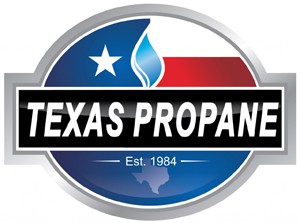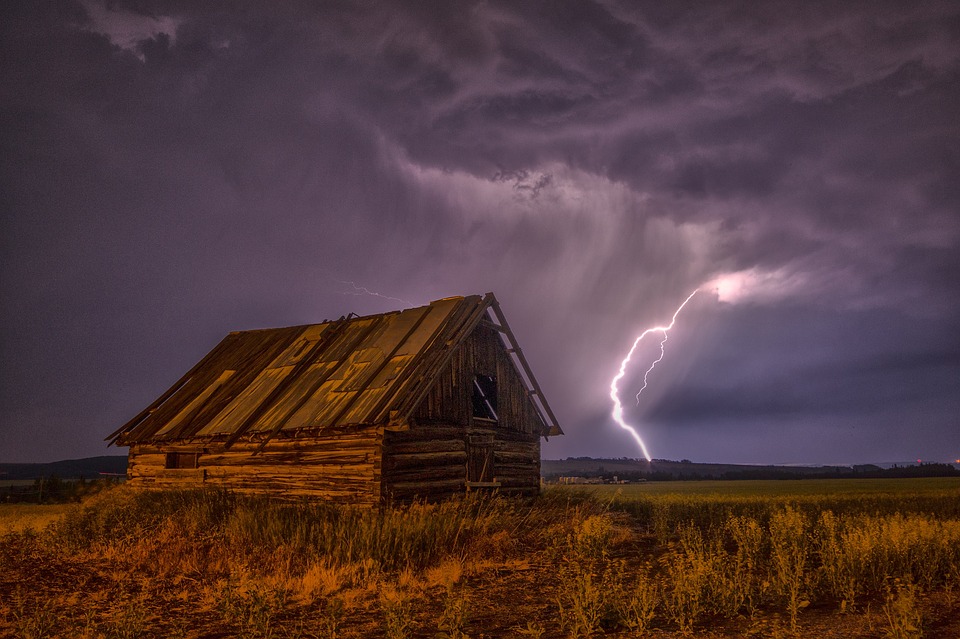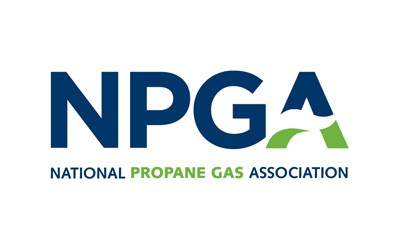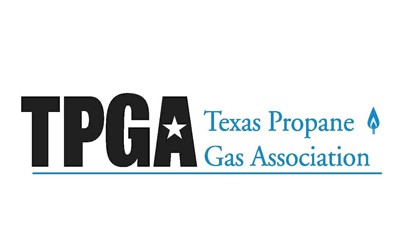Propane and Hurricane Preparation
The effects of hurricanes along coastlines can be devastating to rural and urban areas alike. No matter how prepared you think you are in anticipation of a hurricane, these storms have a mind of their own and are not selective when doing out damage. Propane tanks are at the mercy of these severe storms in terms of storm surge, extreme winds and flooding. There are some precautions that can be taken in advance of a hurricane, but they should be planned for well in advance of hurricane season. In other words, permanently securing a propane tank should occur outside of tropical storm months and hurricane season.
Location and proximity to coastal areas such as bays and beachfront’s will likely be taken into account during propane tank installation by your propane company. Hurricanes deliver damages through different means (wind, flooding, etc.), the hour winds coupled with a forceful, high level storm surge, so propane tanks will likely be at the mercy of the fierce storm. However, this is only the case in locales directly adjacent coastal areas where homes and businesses are exposed to these severe conditions as well and chances are, a structure will fare better than a propane tank. Farther inland, however, where hurricanes still cause severe damage, propane tanks will typically fare better due to the absence of a storm surge and tidal flooding. It is much easier to prepare for this type of hurricane activity where residents aren’t subject to mandatory evacuations. Prior to evacuating, residents should adopt similar procedures to that of propane tanks and flooding preparation.
Propane and Tornadoes
Similar to hurricanes, severe thunderstorms will spawn tornadoes causing severe damage to anything in their path. Tornadoes have extremely destructive characteristics that can easily pick above ground tanks off their blocks or foundation and throw them hundreds of yards away. For this reason alone, underground propane tanks will sustain the forceful winds associated with tornadoes and will remain even if a structure is destroyed, but what users need to know is that an emergency storm situation with an approaching tornado is no time to be running out to the propane tank to close the valve. Good judgement and concern for life is far above the concern for propane tank security and propane gas related issues. Tornadoes will do as they please and there is really not much that a propane tank owner can do immediately before an approaching tornado. However, the good news is that the probability of being directly hit by a tornado is extremely remote.
Tornadoes are more common in certain geographical areas such as “tornado valley and can be more frequent. Necessary steps should be taken by these areas to avoid possible displacement of above ground propane tanks. Such as similar to securing tanks against flooding, propane tanks can be anchored to the recommendations set out by FEMA. These guidelines are tailored for anchoring propane tanks in floods but will also be effective in anchoring above ground propane tanks in the event of a tornado.
Propane, Tanks and Other Storm Concerns
Additional storm related concerns propane tank owners may have include damage to tanks and cylinders as a result of hail, debris or falling trees or limbs. While these things will likely not affect the container shell or exterior, they could possibly cause damage to fittings or valves under the tank dome. These connections will typically be protected by the tank dome when securely closed. Keep in mind that tank domes should be securely fastened in place on both sides to prevent damage to tank fittings and valves.
Contact us here at Texas Propane with the link below for more information on how you can prepare for severe storms with propane!








One Response to How to Prepare for Severe Storms with Propane